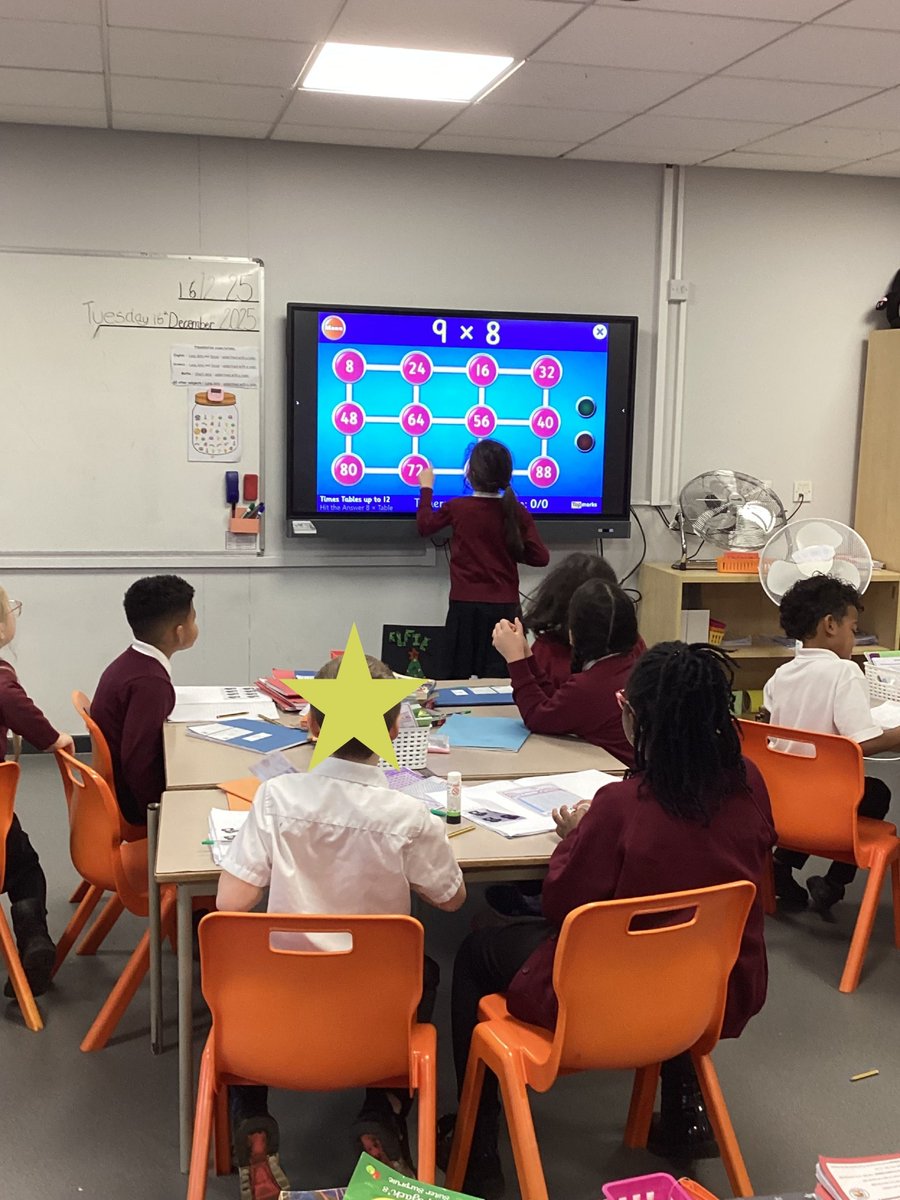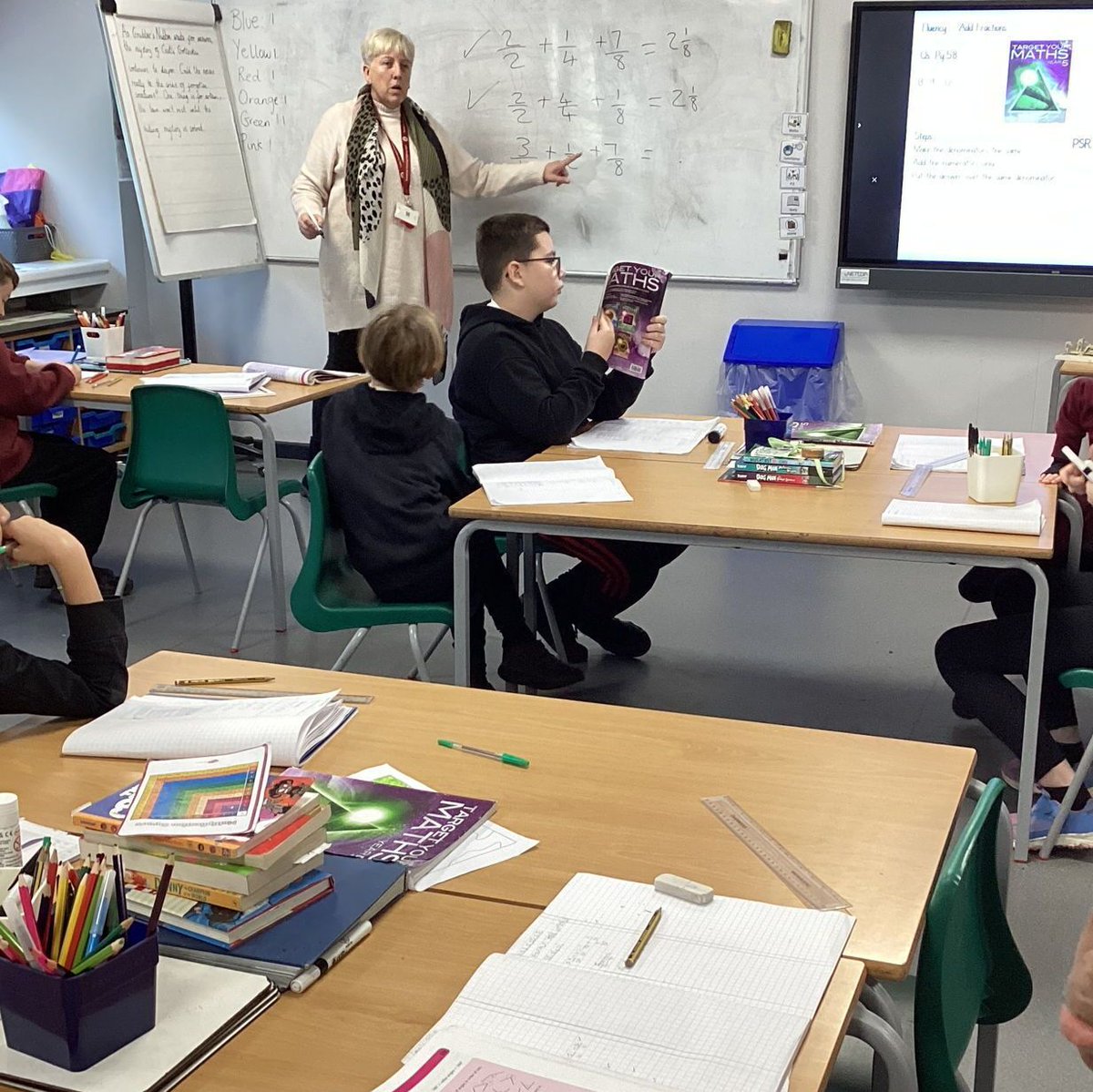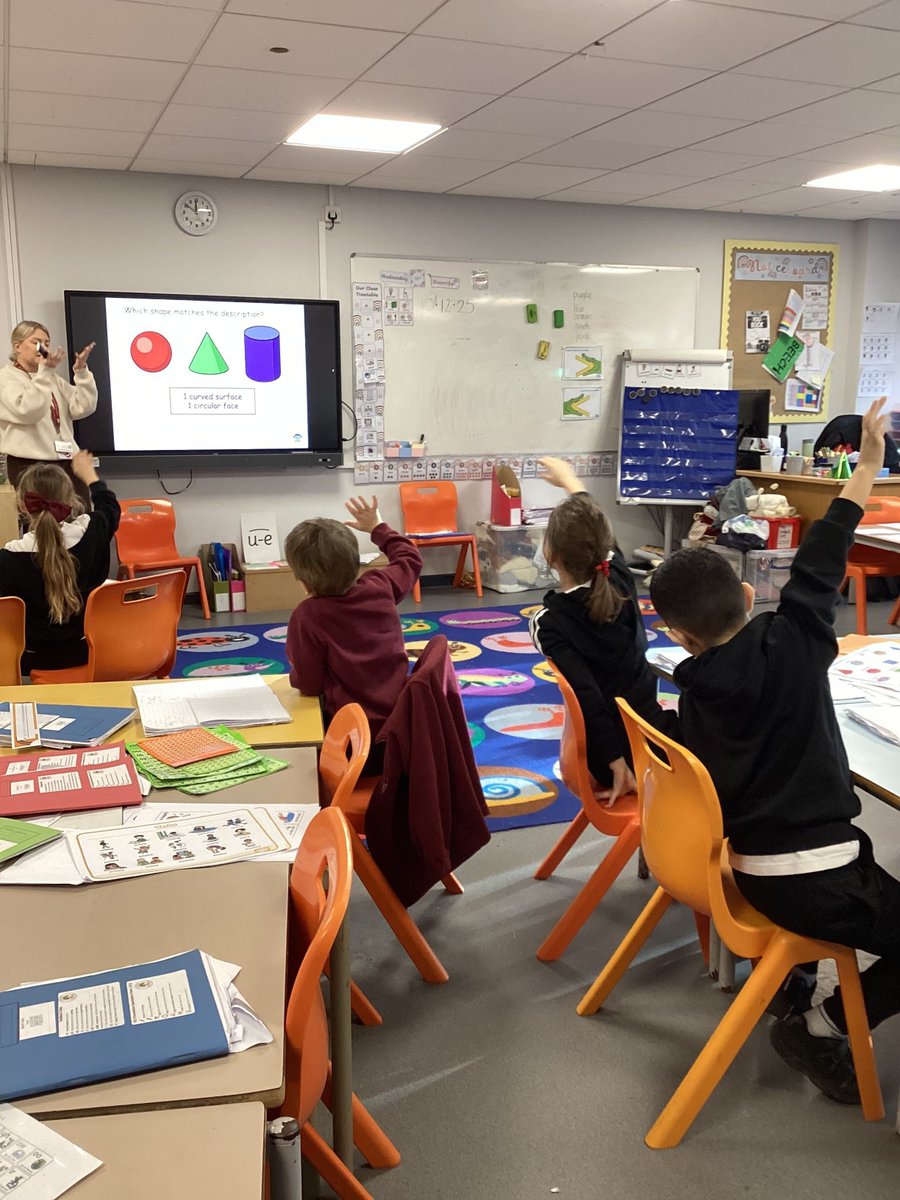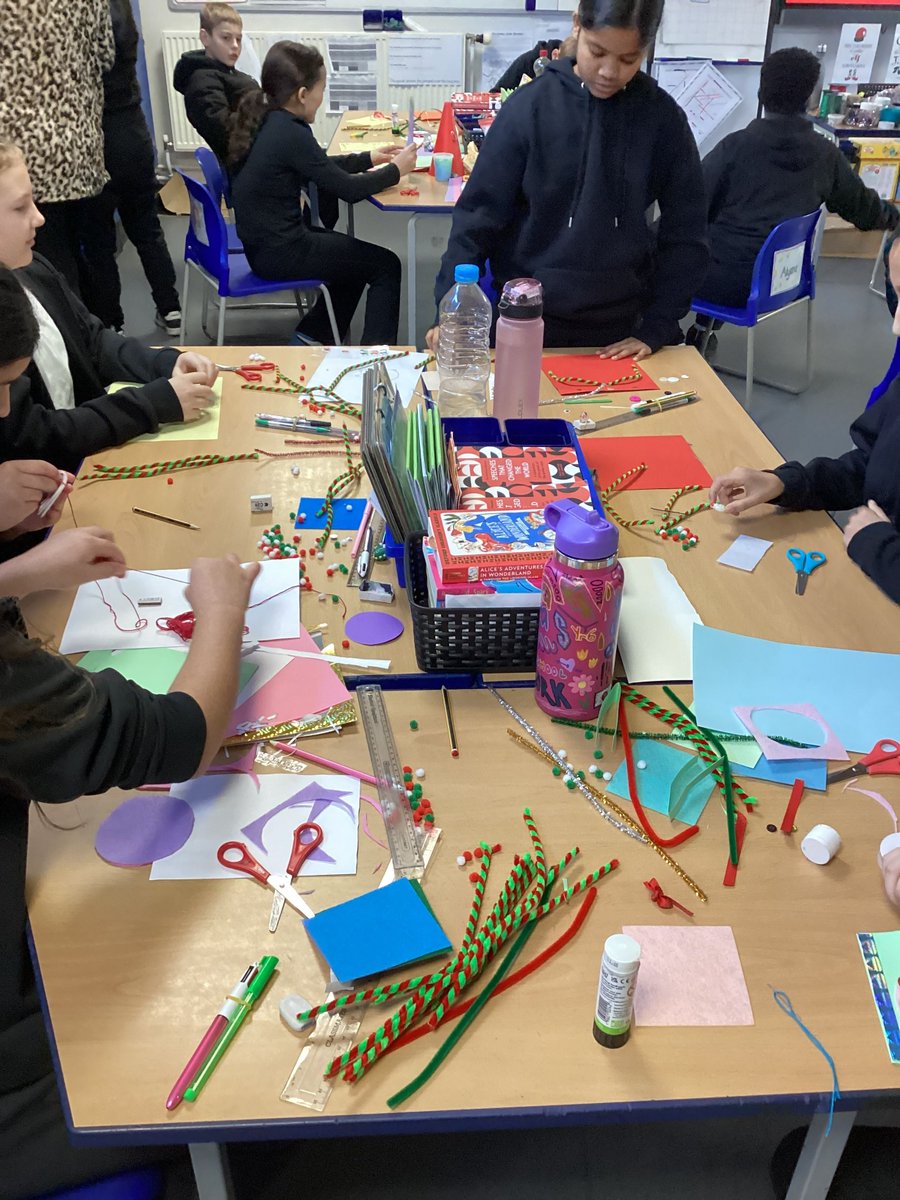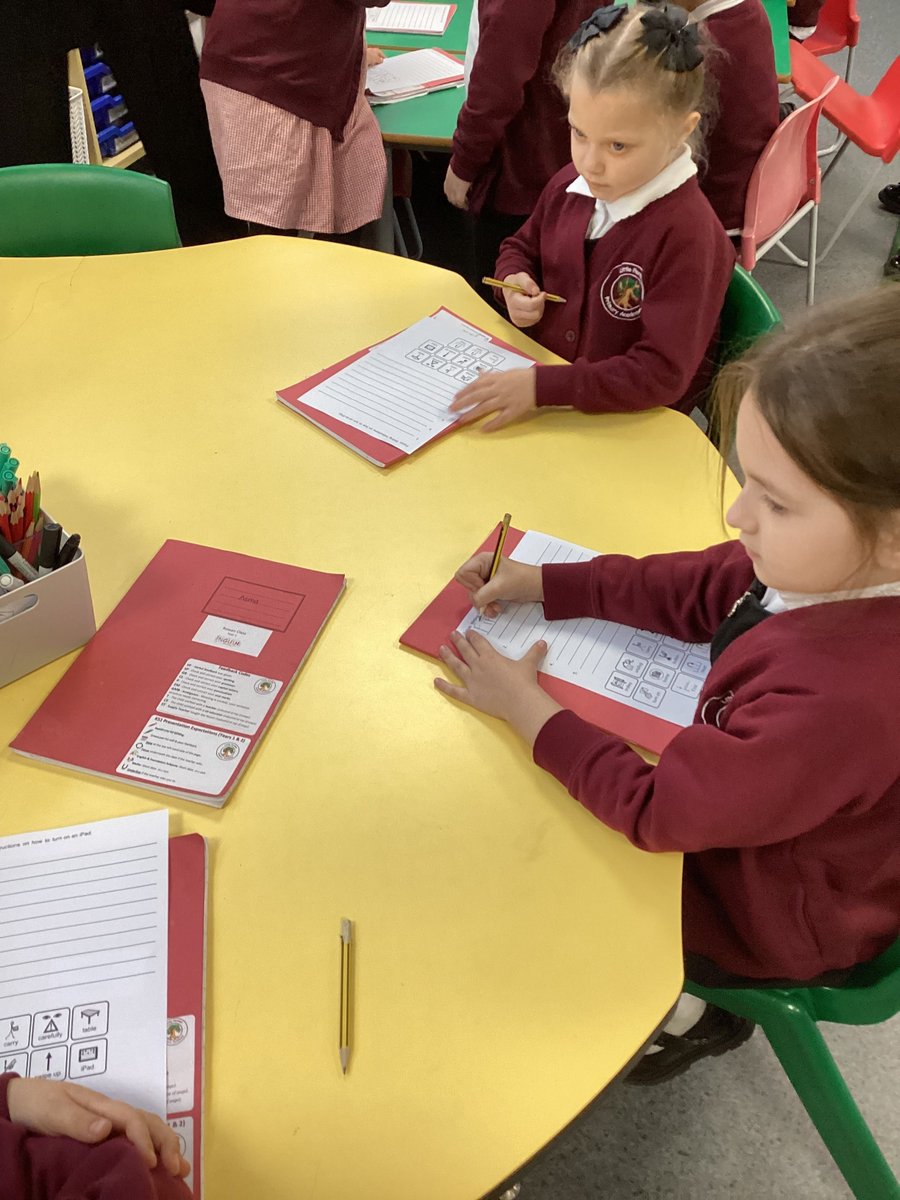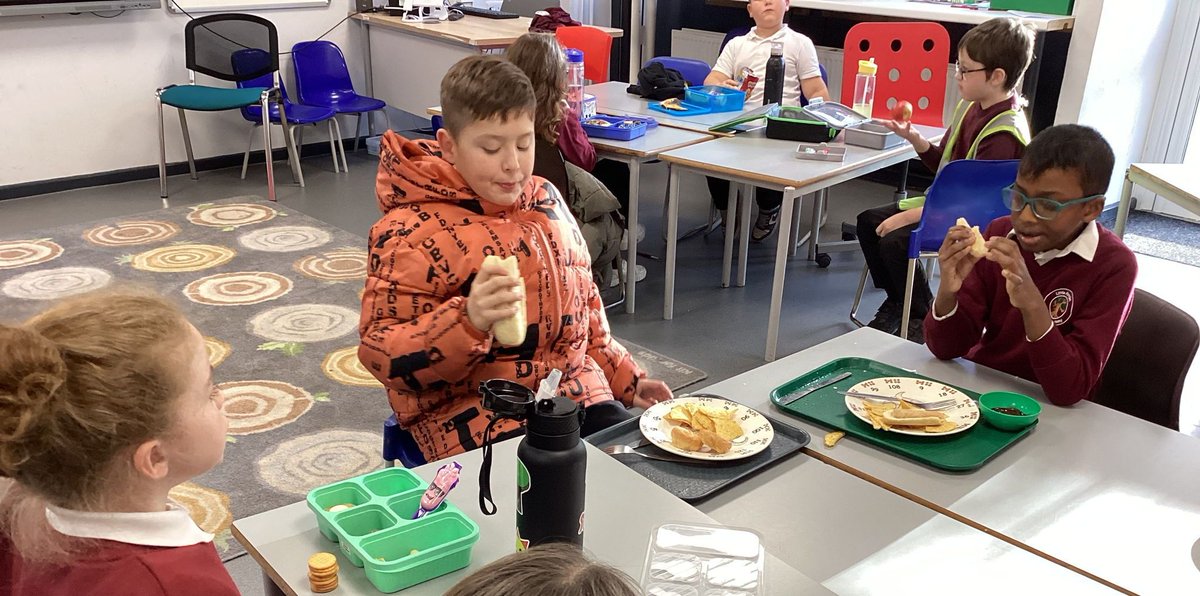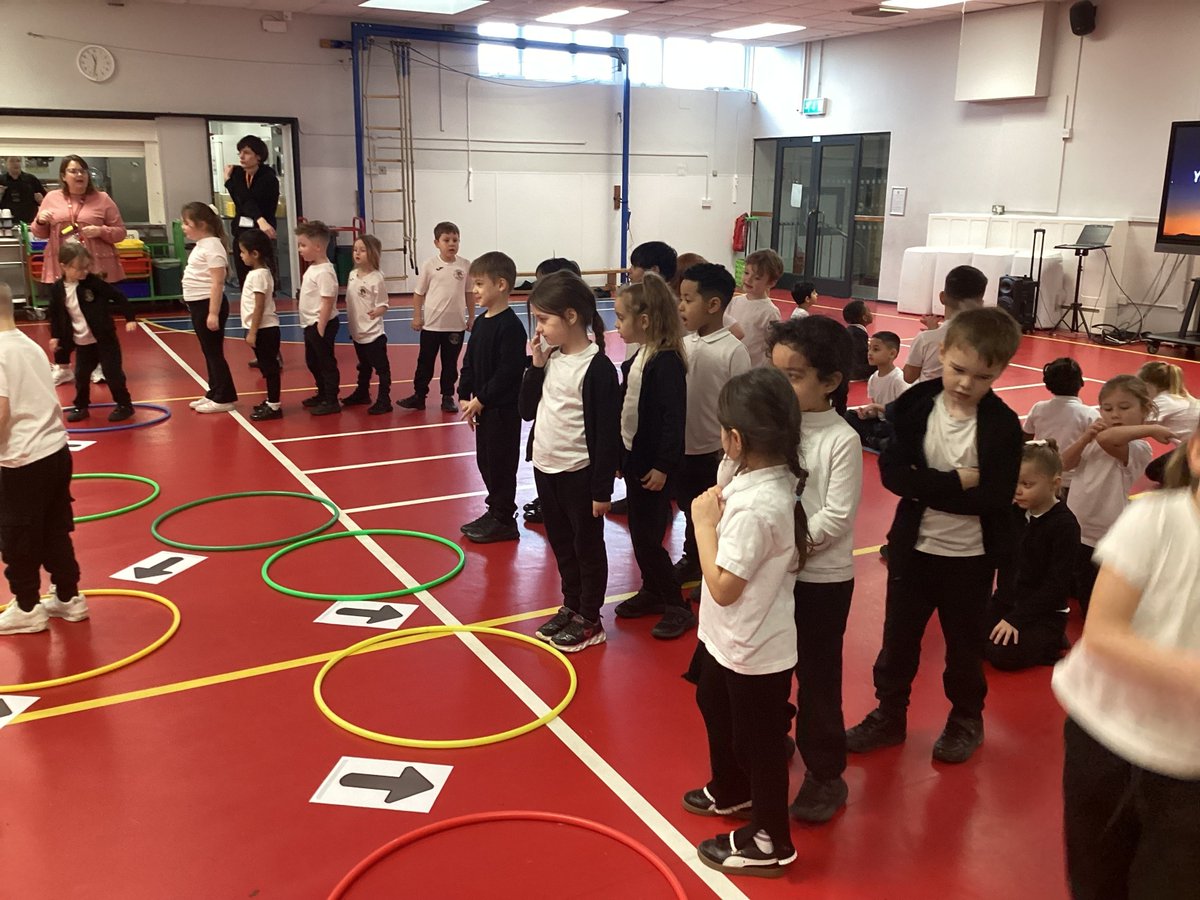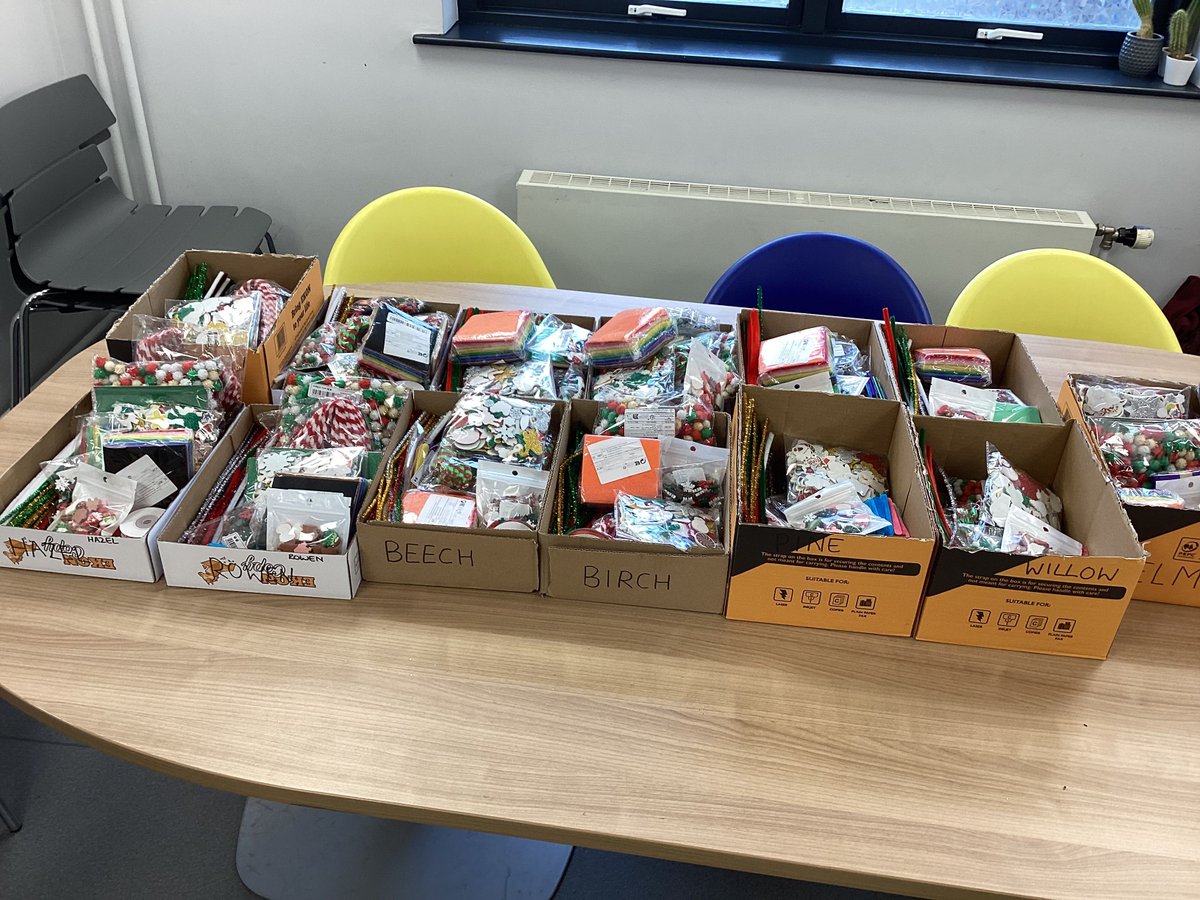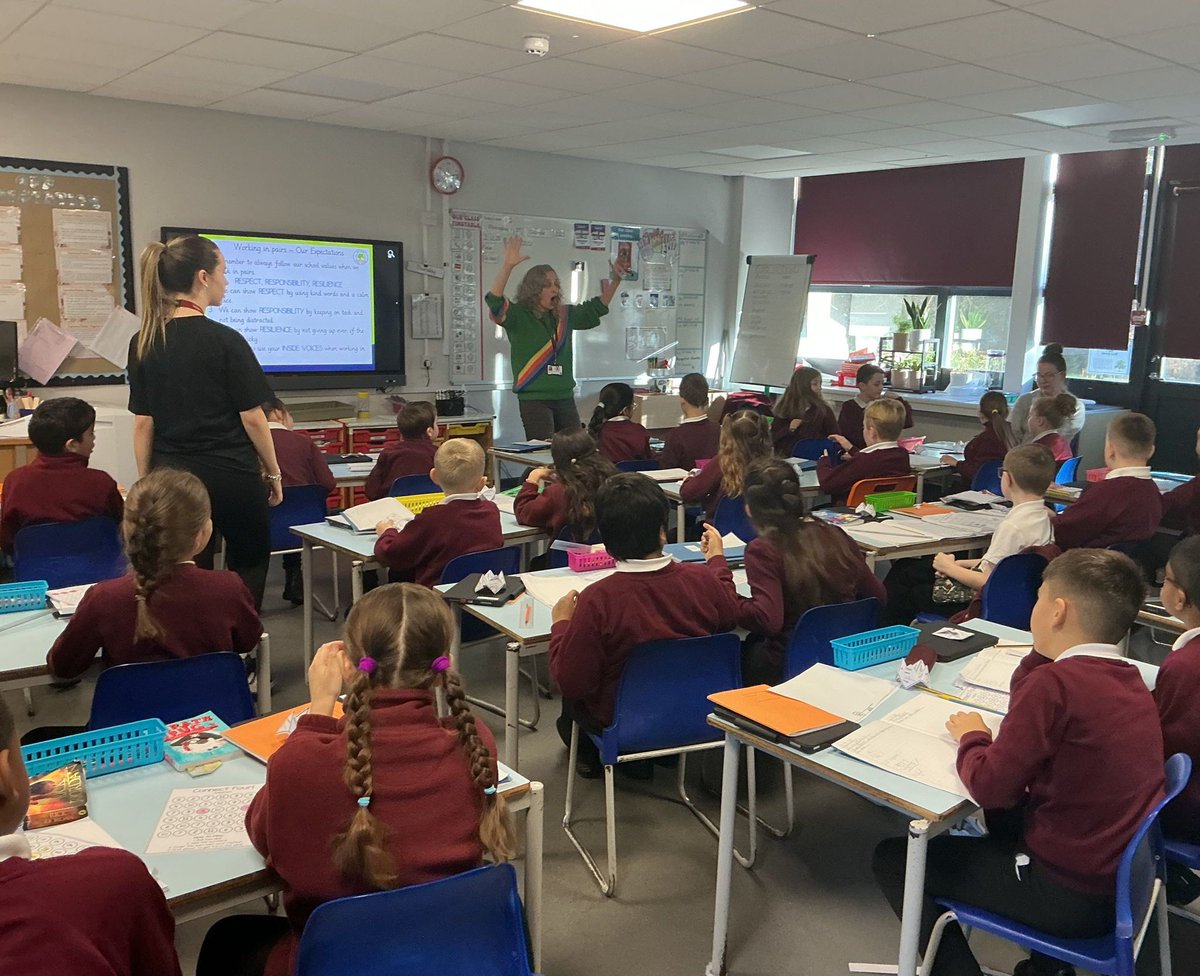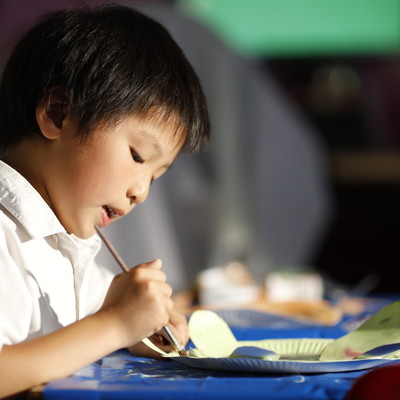The LPA Way
In any organisation, but particularly when working with children, consistency is key. Children thrive off of routine, whether that be at home or at school. At LPA, we refer to our aligned routines as "norms". Each classroom aligns to these norms but has autonomy around them, this ensures that children feel comfortable, know the expectations and can focus on learning.
Norms are powerful forces in school (and society). But their power is modulated by how much the norms of adjacent groups are in alignment.
Schools contain, and exist within, multiple groups, cultures, communities, classes, and friendships.
When the norms of these groups are aligned, they will amplify each other and be stronger in each context. When the norms of these groups are misaligned, they will attenuate each other and be weaker in each context.
For example, if a student moves between teachers within our school, and they experience the same set of behaviours and attitudes around expectations within class, they will feel considerably more compelled to go along with the tide. They will “follow the norm.”
Whereas, if a student moves between teachers and they experience varying norms around how students act when it comes to asking questions, or listening, for example, then the very idea that a norm exists will begin to dissipate. Everything becomes up for grabs. “Give them an inch, they’ll take a mile.”
This is why co-constructing rules with individual classes can be problematic. It can lead to differing expectations and weaker overall norms across a school (not to mention frustration from teachers and pupils because 'Mr Jones allows me to do it’).
We harness the power of norm alignment at LPA by:
-
Committing to row together, even when it impinges on our own style, because it's the best thing for the students in our care.
-
Coming together to agree on the norms we think should be consistent across classrooms and those things we are happy to have autonomy with – this is called aligned autonomy.
-
Capturing and codifying these norms in a form that can be used, shared with new staff and shared with the wider community.
This last point is important, because norms don’t just bleed between classrooms, but between schools and families. The more we can work with parents and community groups to align around key norms, the greater the overall effect will be.
Below you'll find a document that outlines the "norms" within LPA. Each week teachers rehearse these norms and feedback to each other.
If you would like to find out more, please contact the school office to arrange a meeting with Mr Wildig, the Headteacher.







